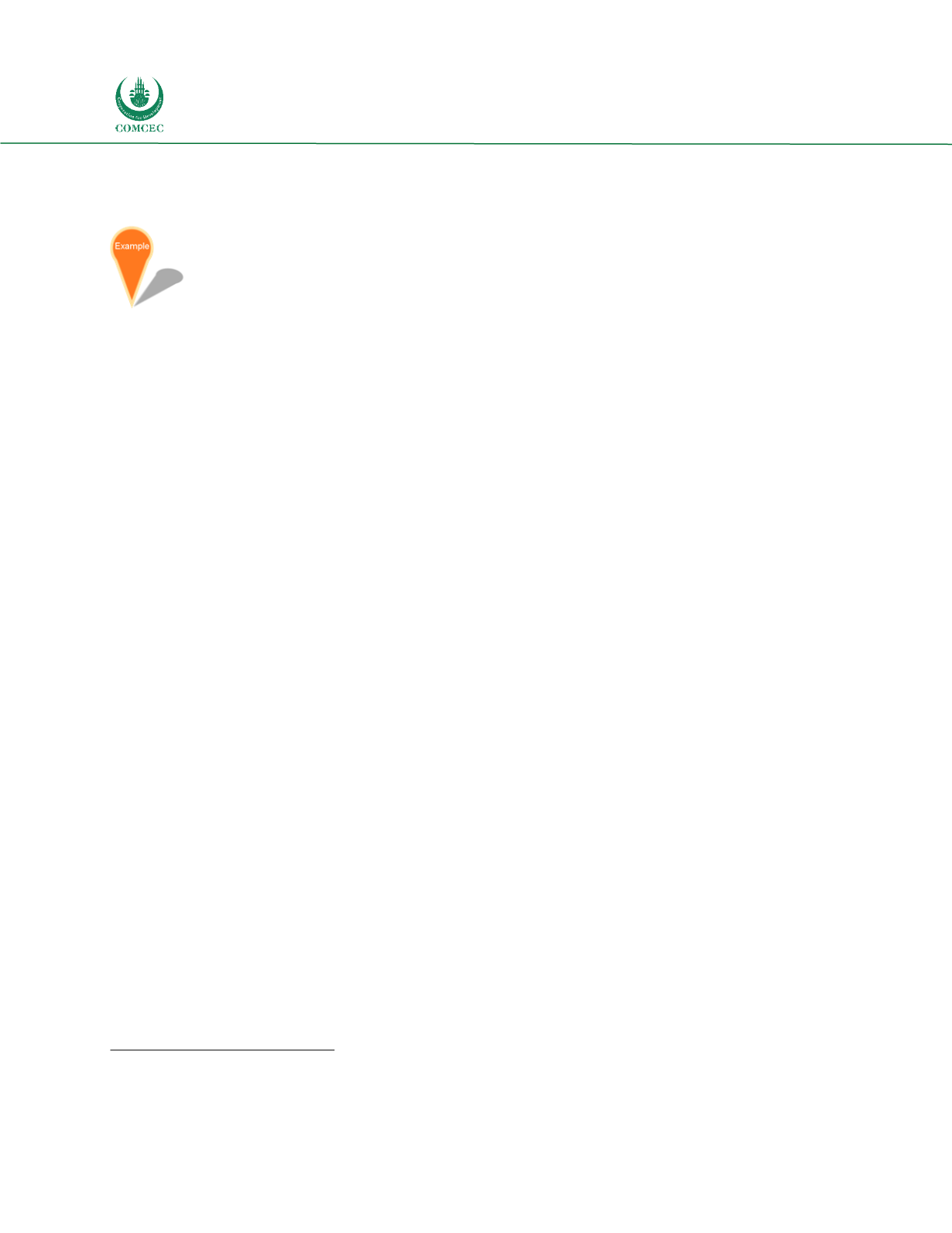

Destination Development and
Institutionalization Strategies
In the OIC Member Countries
170
they feel burdened by additional taxes levied on them for various revenue generating activities.
The government should consider other sources of funds to encourage the tourism industry.
Visit Myrtle Beach, the official DMO for Myrtle Beach in South Carolina needed an
additional budget for destination marketing during a period of economic recession
between 2008 and 2009, since its existing annual budget of $5 million was not
sufficient. The DMO estimated that it needed between $25 to $35 million to allocate to
marketing to remain competitive. Since local businesses were unable to provide
additional investment support given they were going through the recession, Visit Myrtle Beach
lobbied the state legislature and the local community to vote yes for a new sales tax to support
tourism. To convince local residents and politicians, the DMO launched an awareness campaign
on the value of tourism for all community stakeholders. The DMO also communicated the
initiatives that would be delivered from the funds collected through the sales tax, which included
activities that were beneficial to the community, such as creating new jobs, developing public
infrastructure and social benefits. The 1% sales tax was approved and the funding was used for
tourism promotion and tourism product development. Visit Myrtle Beach’s budget reached $30
million in 2015. Annual visitors are up by 26% and lodging revenues have increased by 30%.
452
In terms of Amsterdam Marketing, they receive an annual subsidy from the city of Amsterdam,
which constitutes around a third of their income, the second third is from their partnership
income, and the last third is from their commercial income.
In terms of budget distribution across the DMOs functions, this depends on each destination’s
needs and special circumstances. As a benchmark, a recent study by Destination Marketing
Association International (DMAI), the “2015 DMO Organizational and Financial Profile Study”
which consisted of a survey of 246 DMOs from the United States, Canada and Bermuda, indicated
that about respondents allocated about 50% of their budget to marketing promotions programs,
37% to personal costs, and about 11% to administrative/general expenses.
453
Another example
of funding allocation is Travel Oregon, which allocated 41% of its $75.7 million budget for 2017-
2018 to global marketing, 36% on global strategic partnerships and partnership grants, 10% on
administration and operations, 8% on global sales, and 5% on destination development.
454
Key Performance Indicators (KPIs)
DMOs must have clear KPIs against which their success is measured, and through which areas
needing improvement can be identified and addressed.
The following table lists KPIs, and is discussed in detail in Section 2.
452
Destinations International (2017).
Destination NEXT Practice Handbook.
1-89.
453
Destination Marketing Association International (2015).
DMO Organizational and Financial Profile Study.
1-40.
454
Oregon Tourism Commission
(2017). Travel Oregon Strategic Plan – Activating Explorers 2017-2019
. p. 16.
















